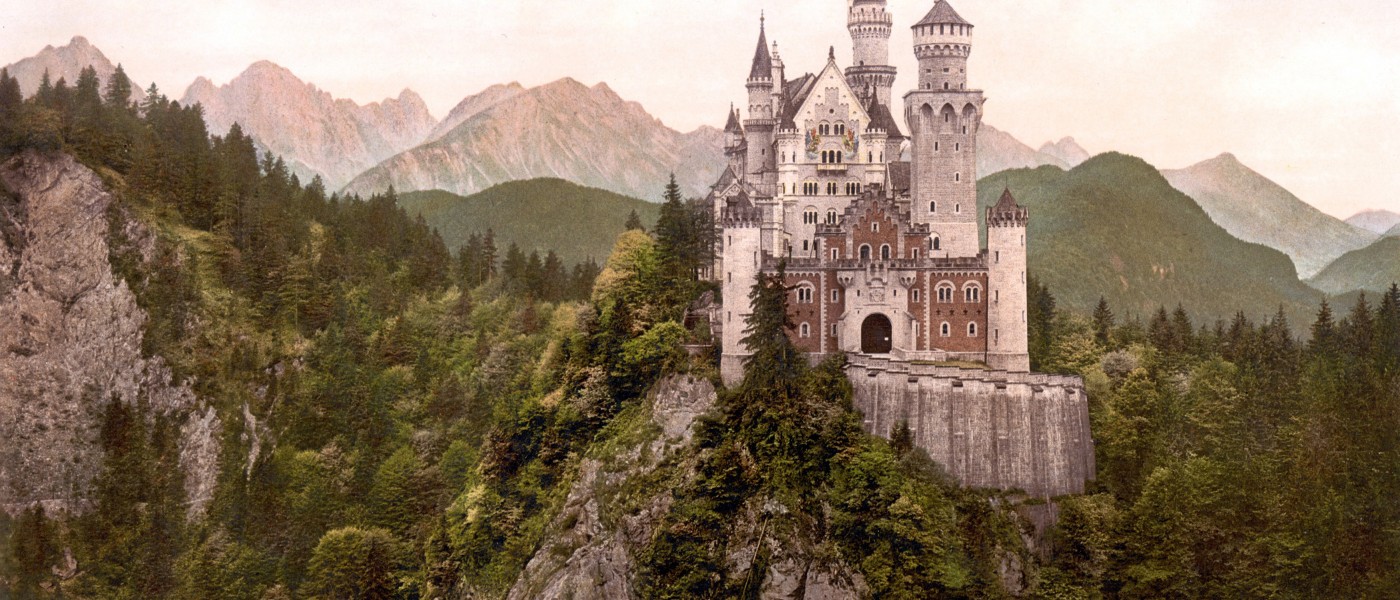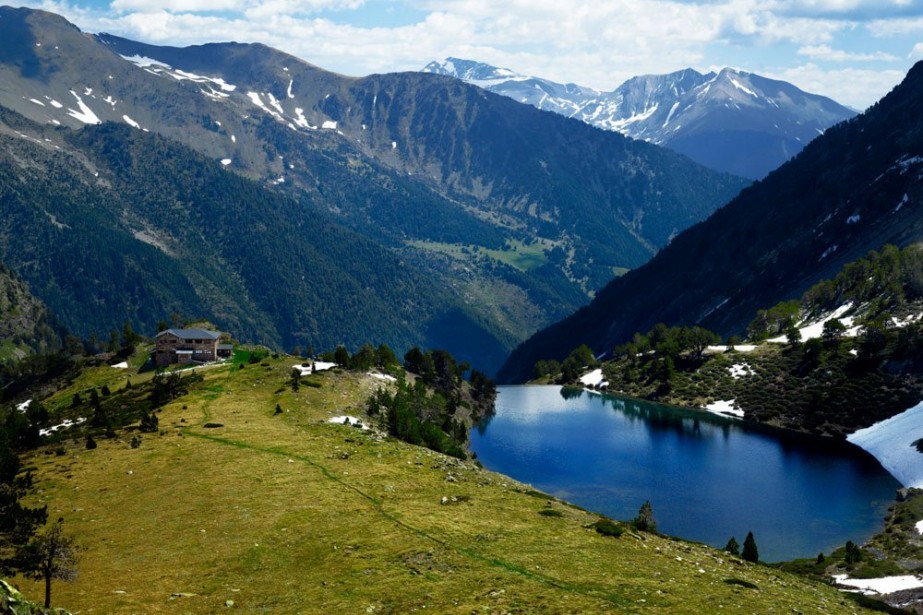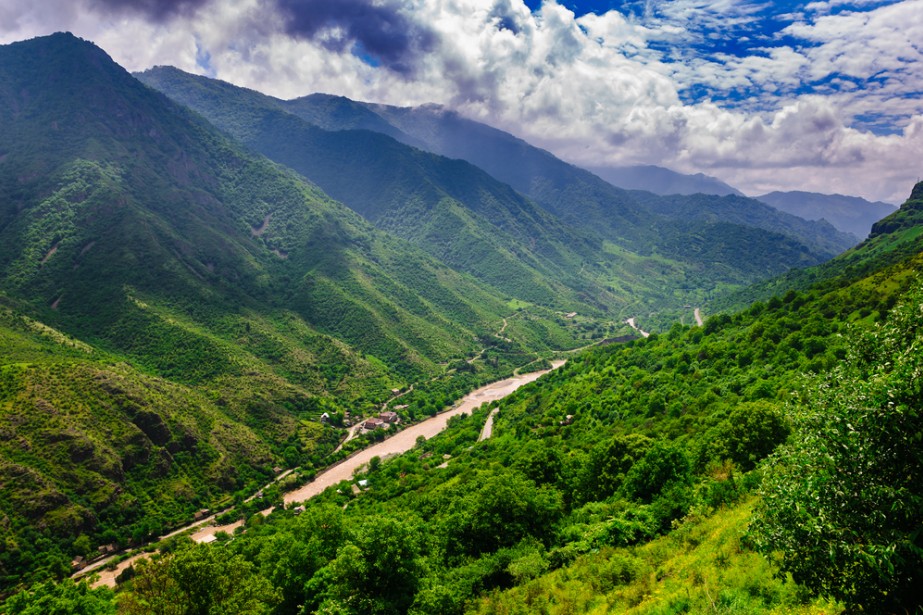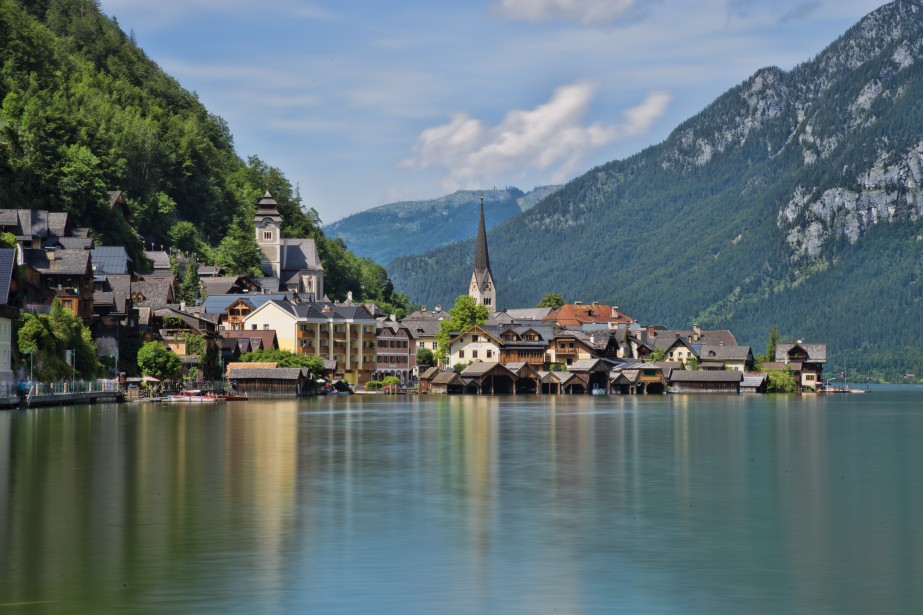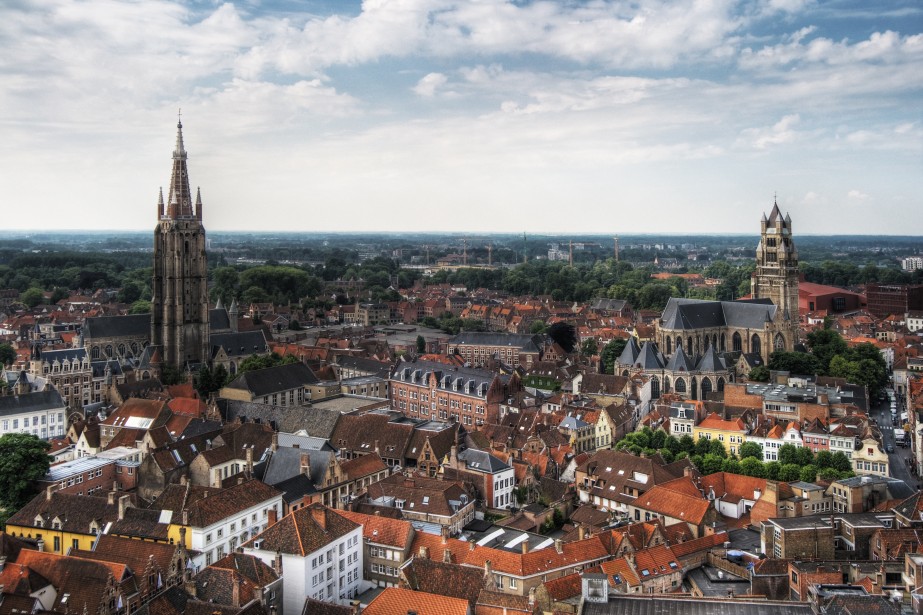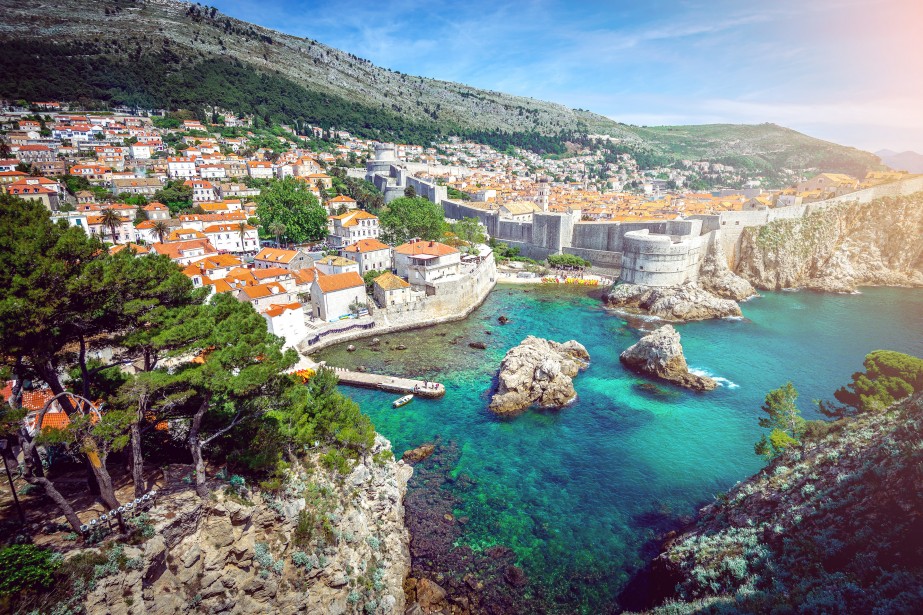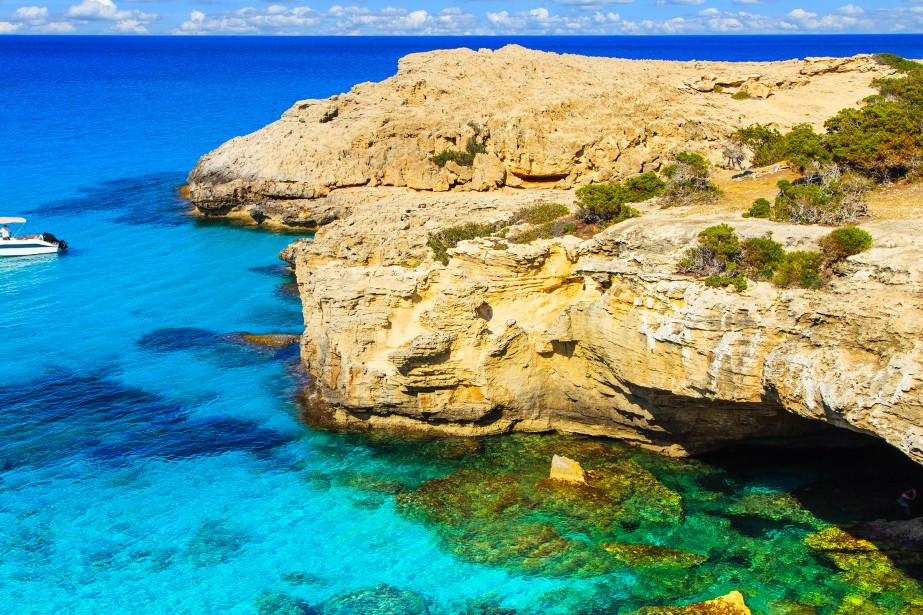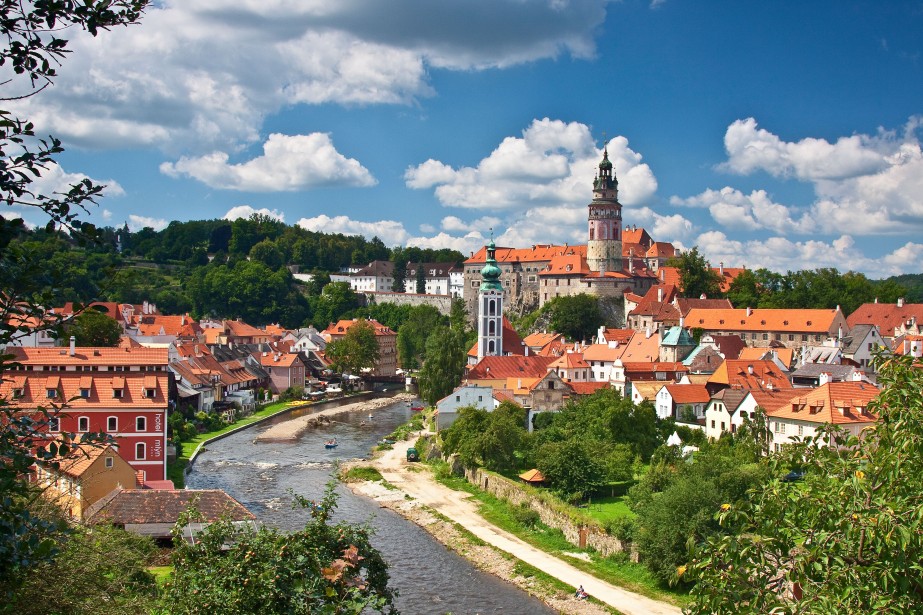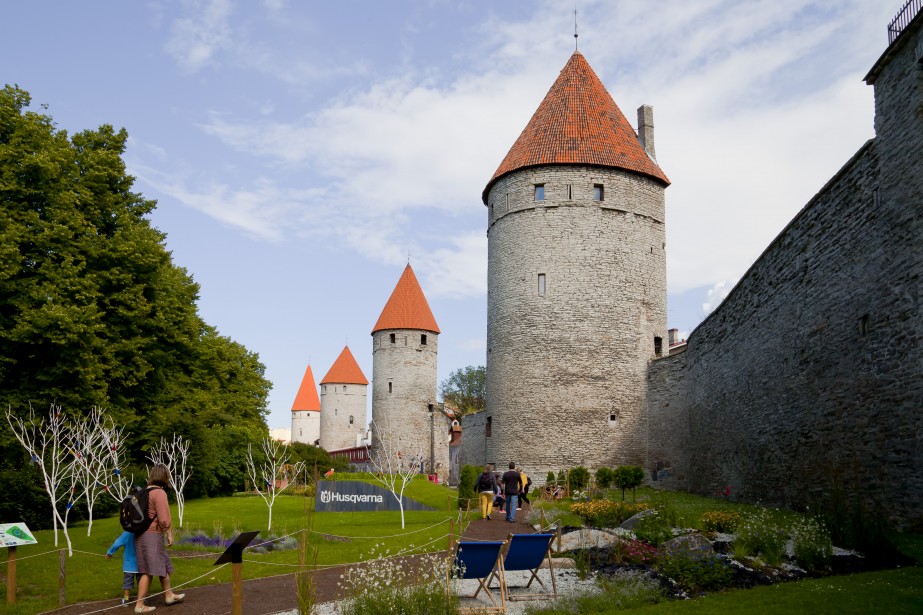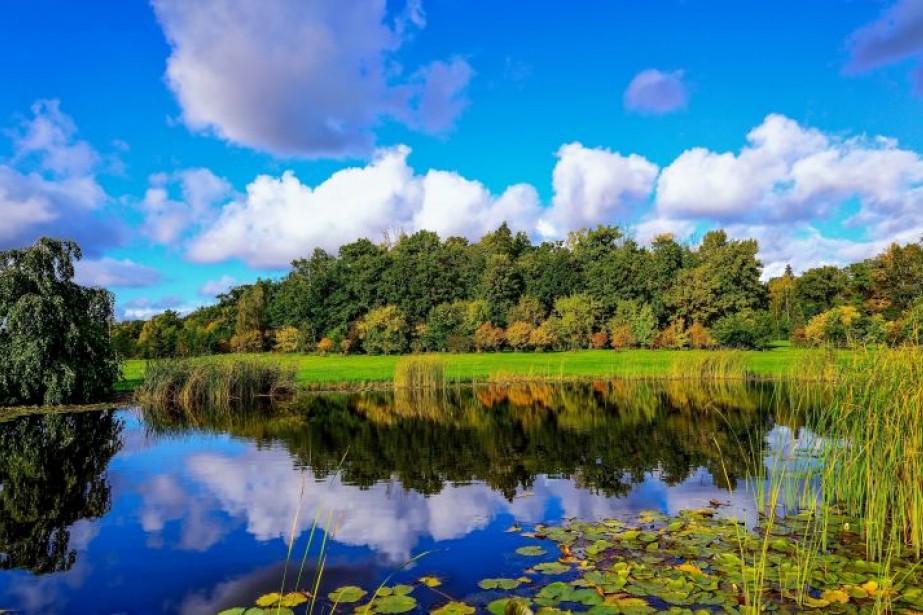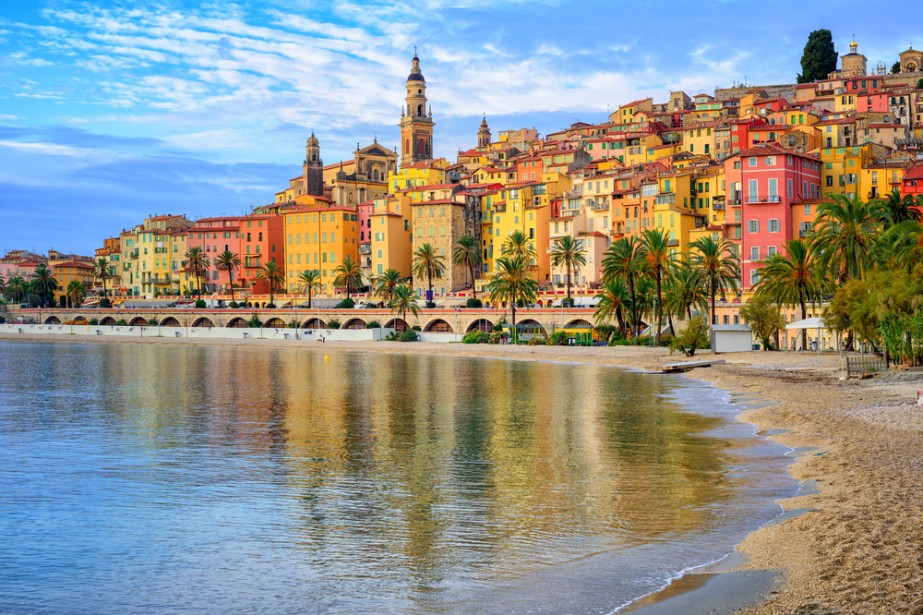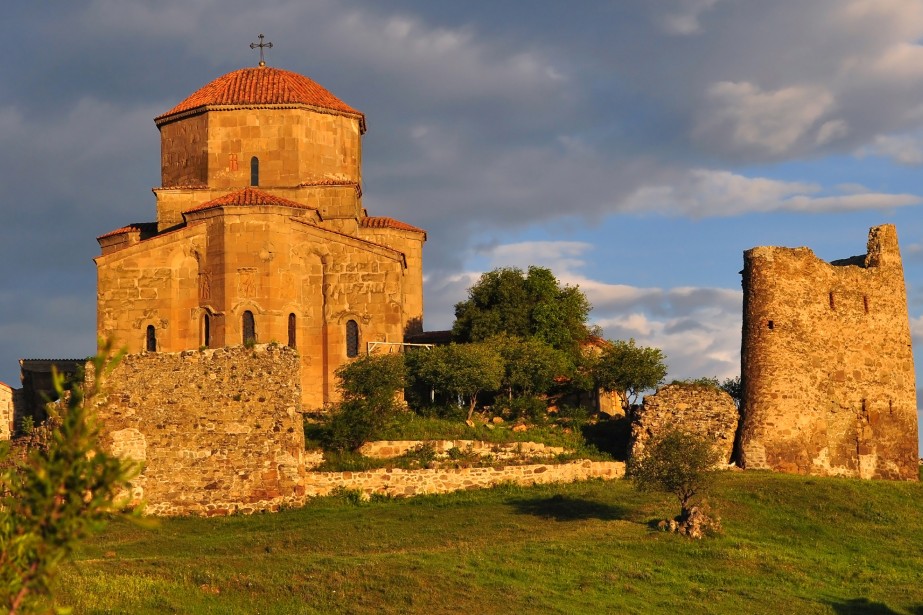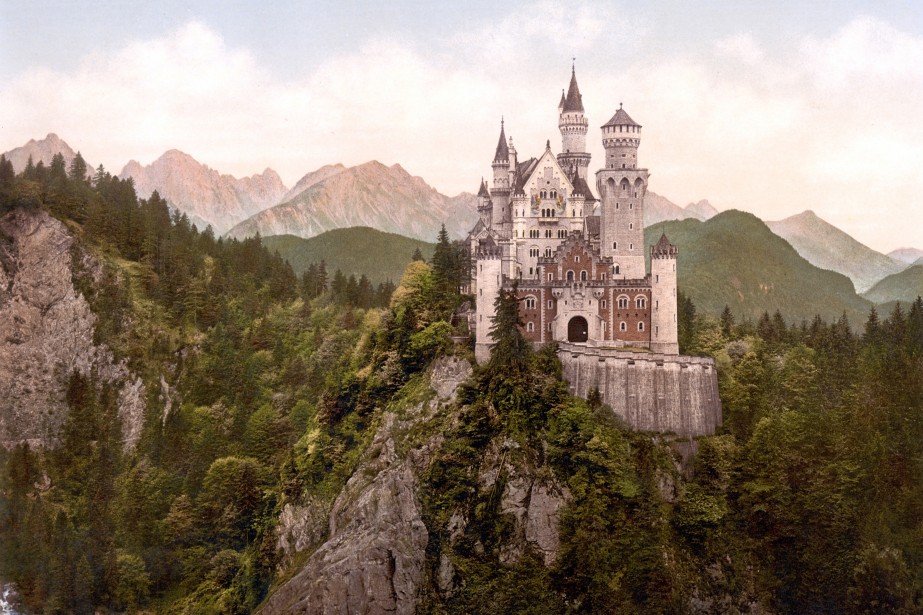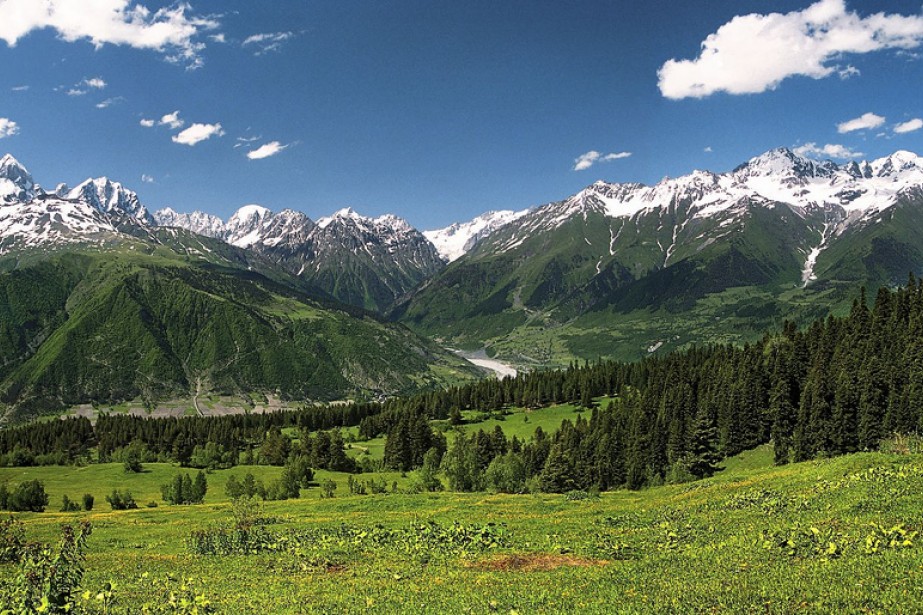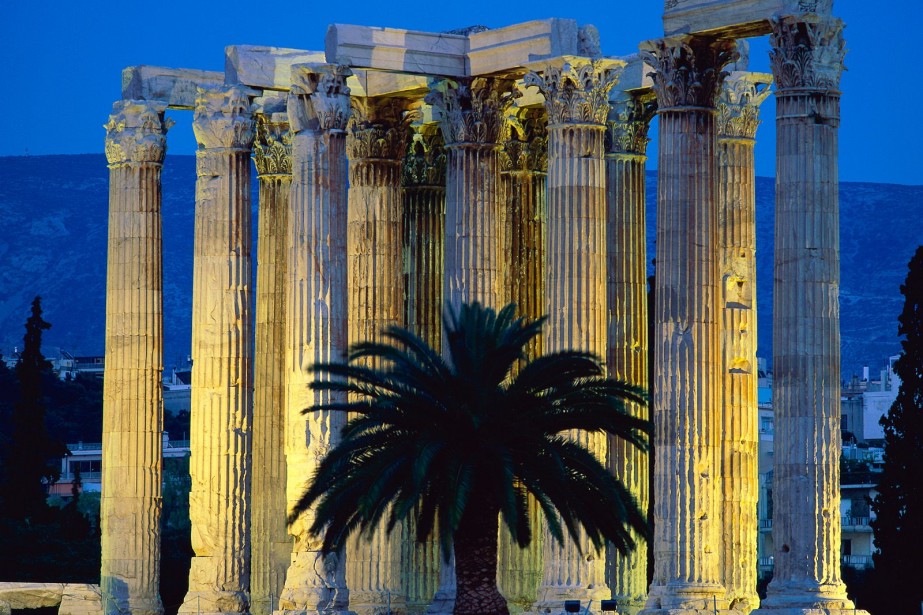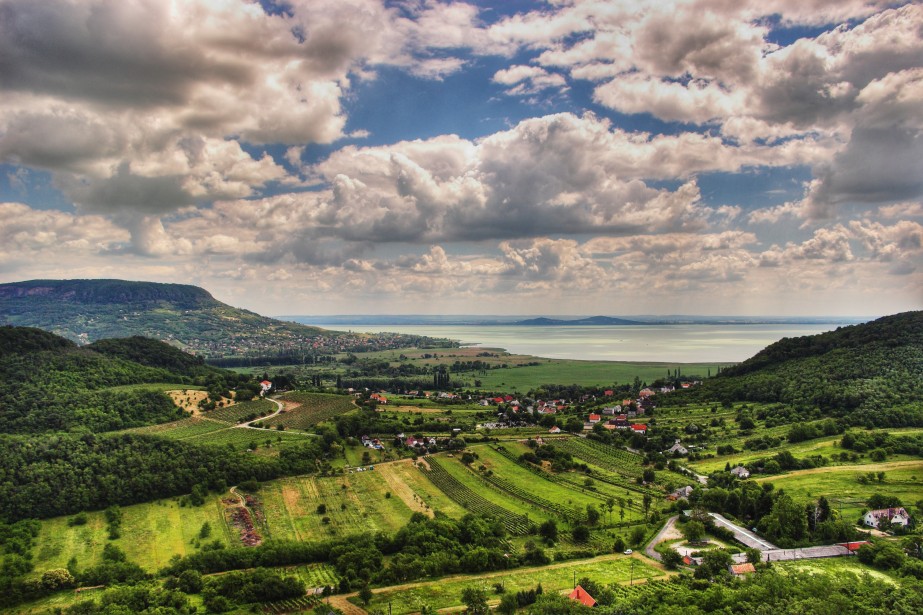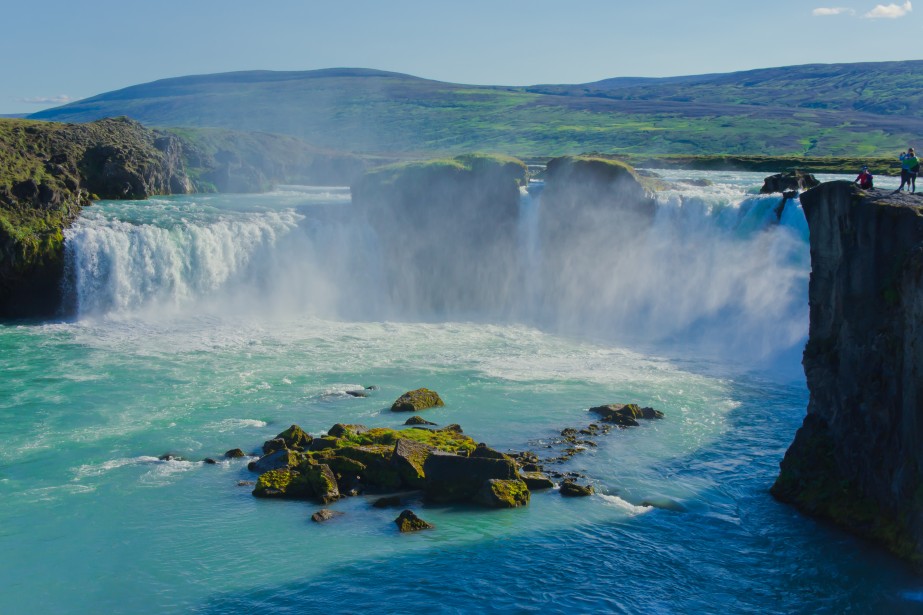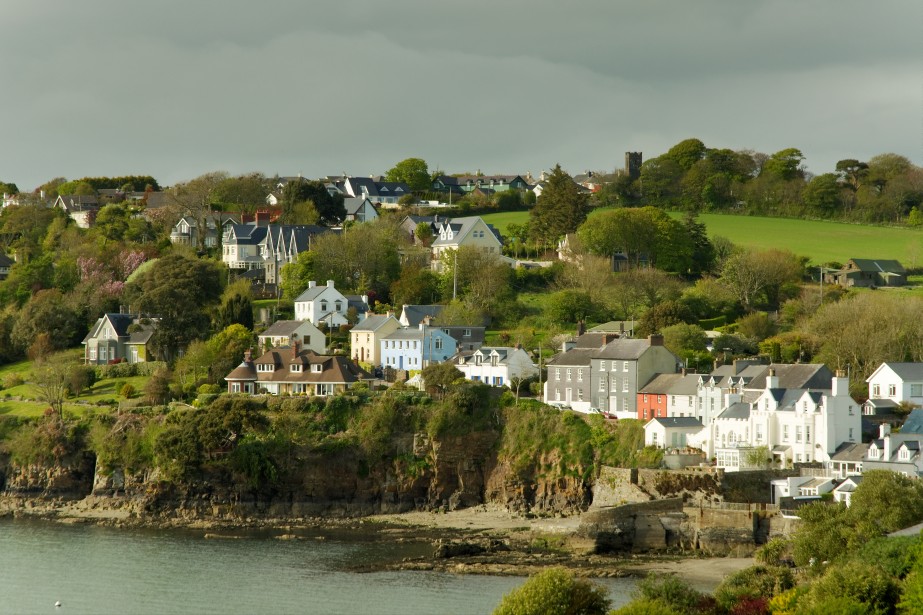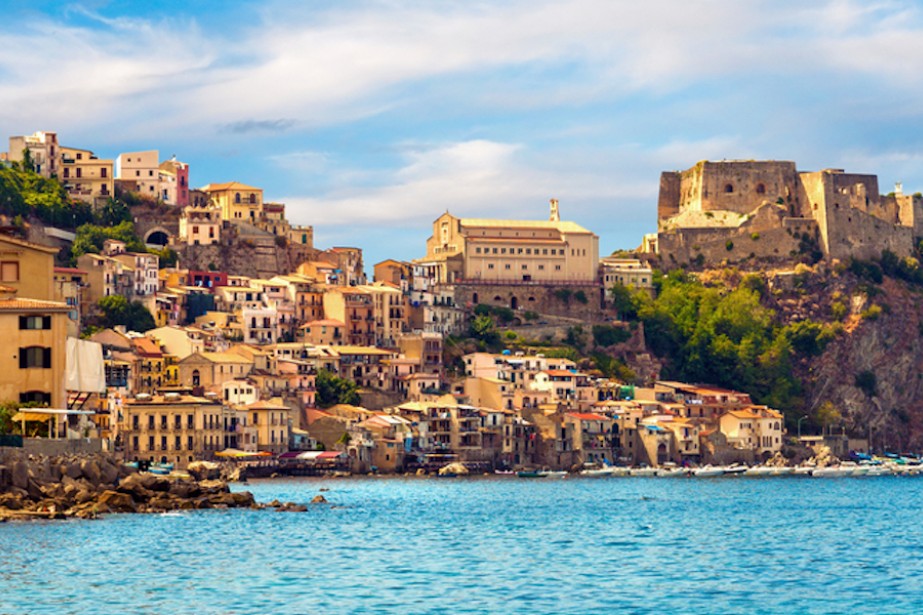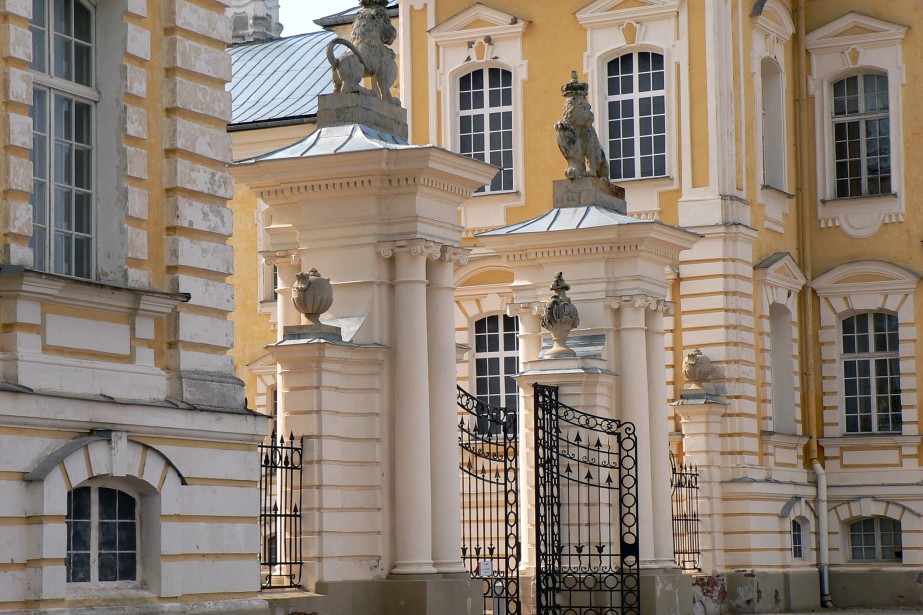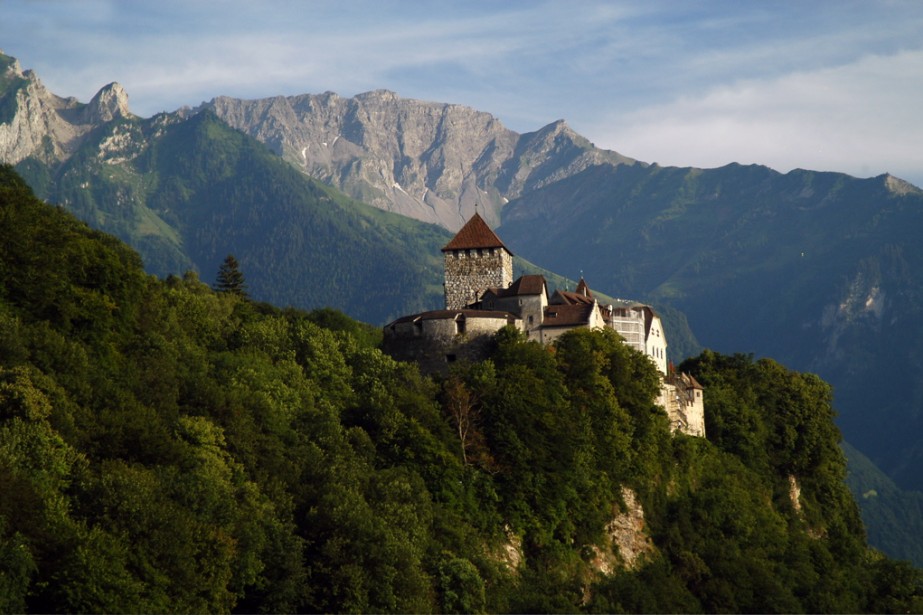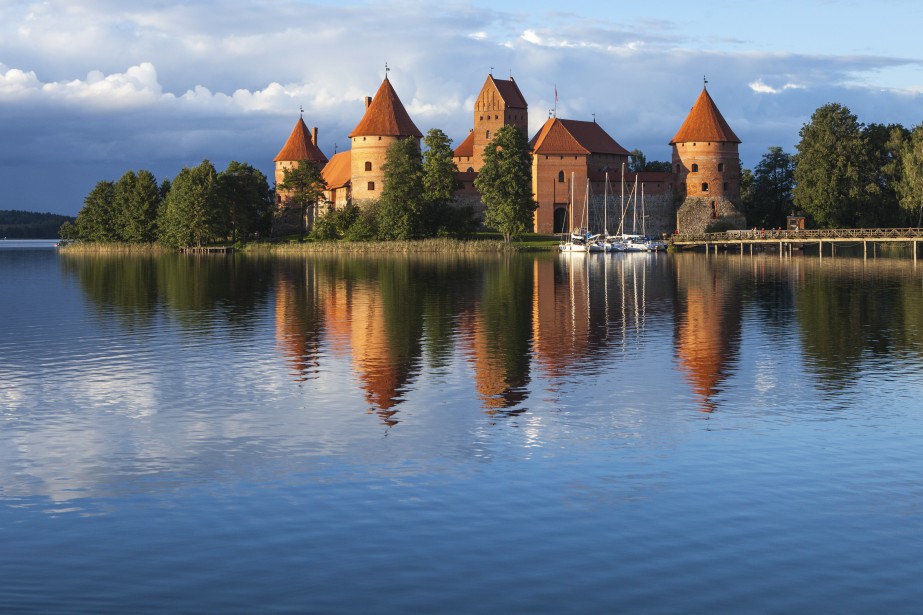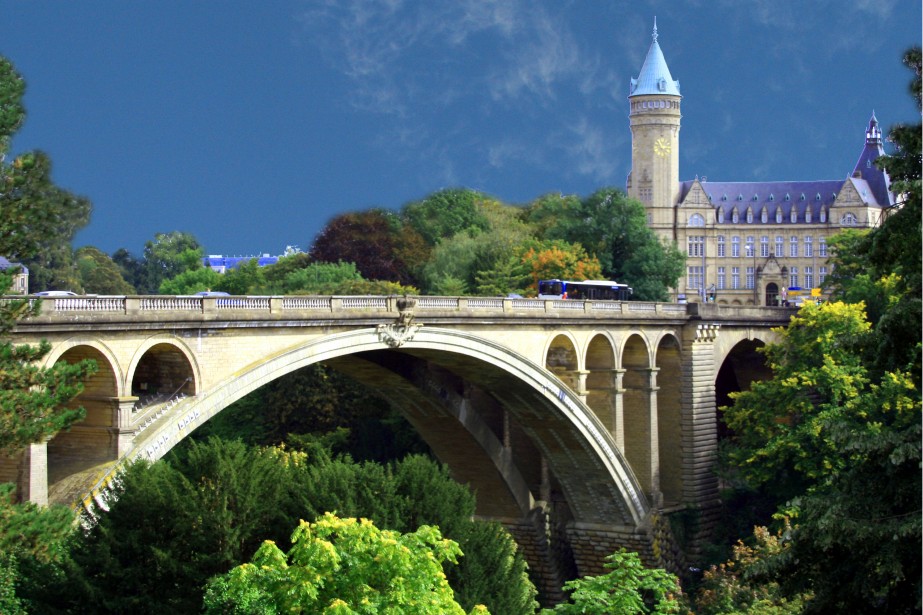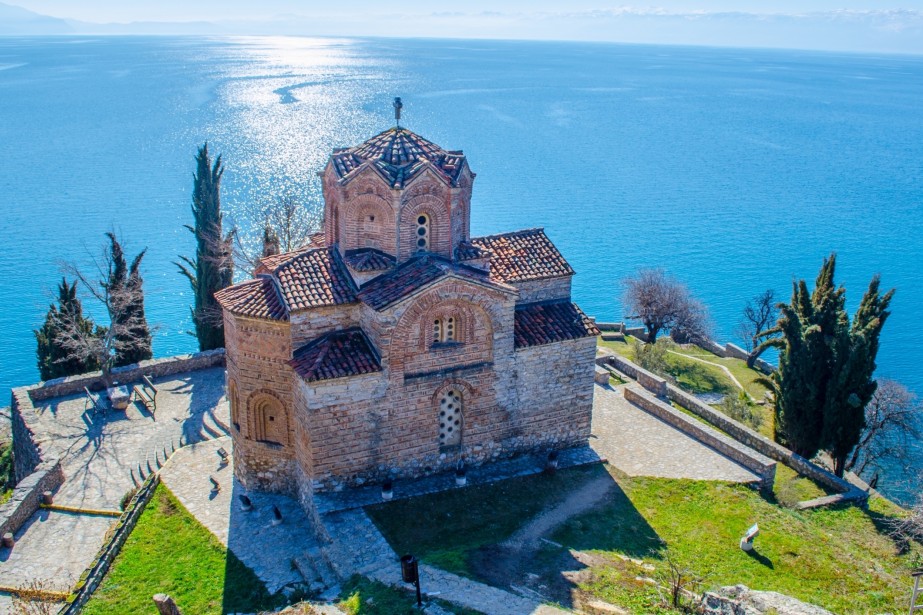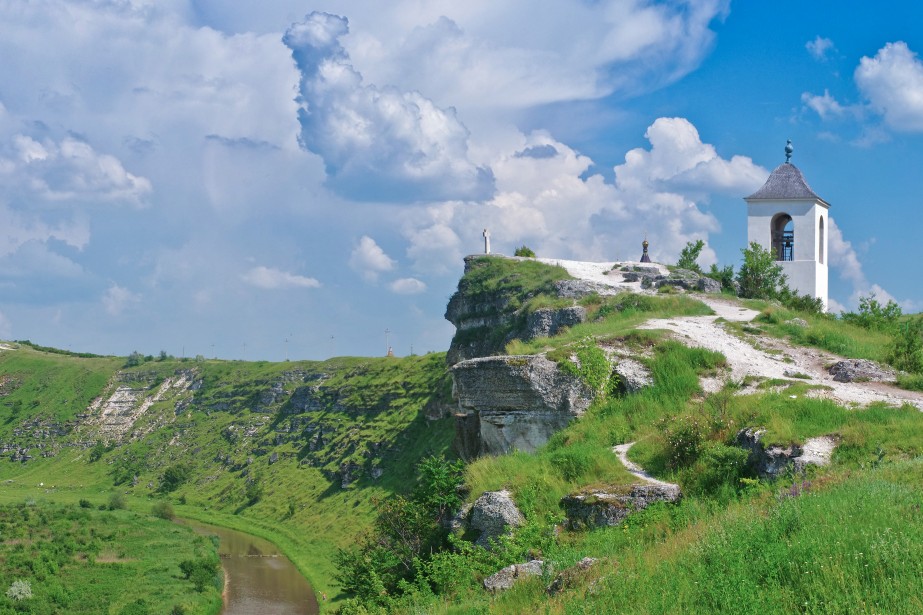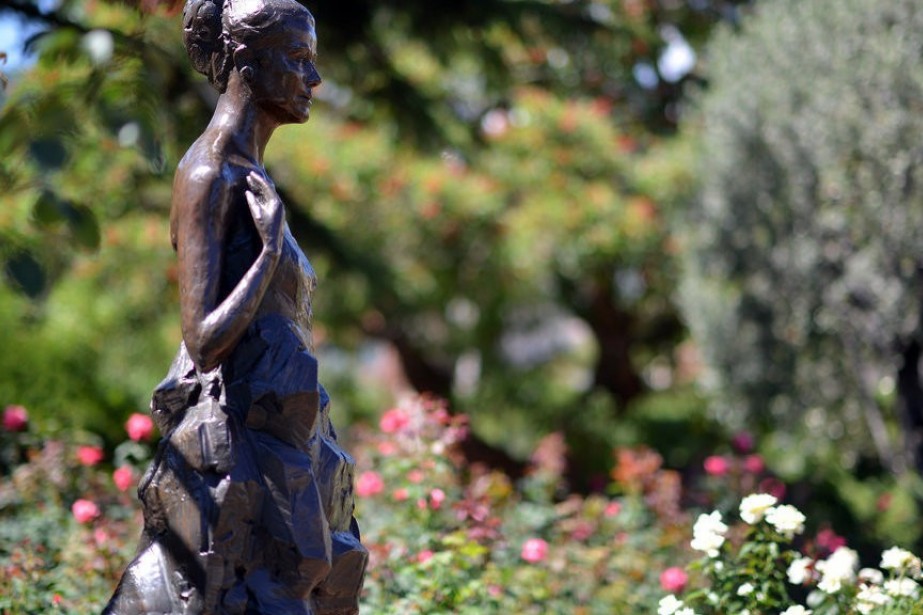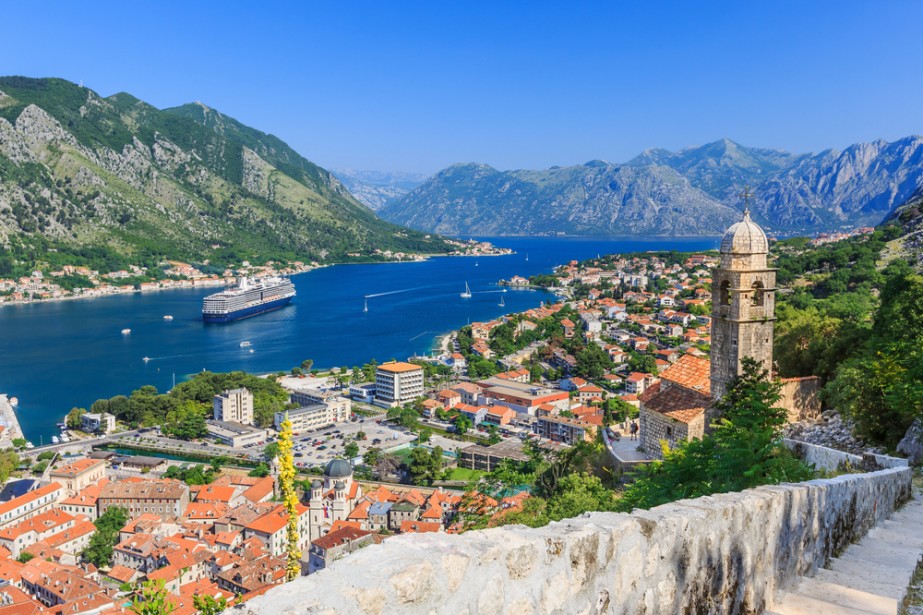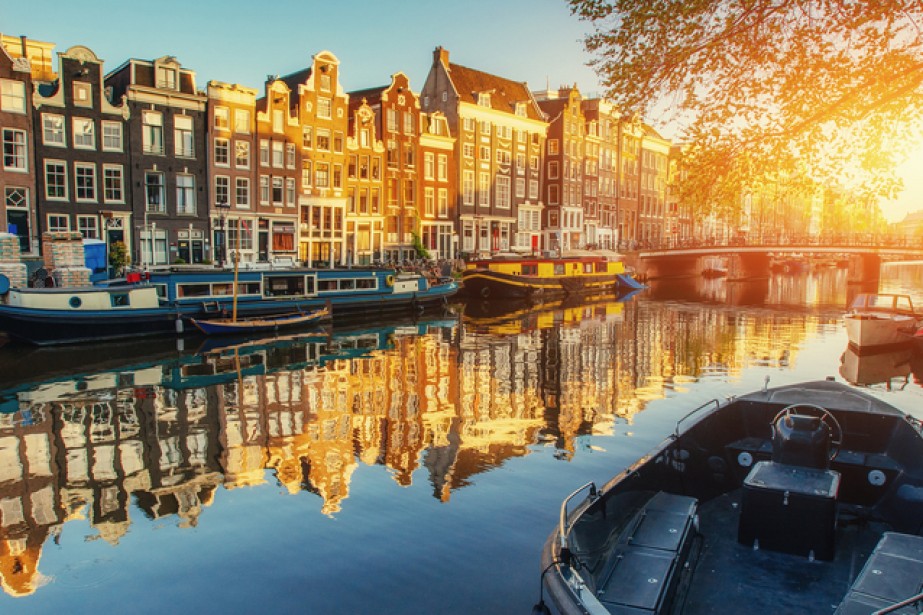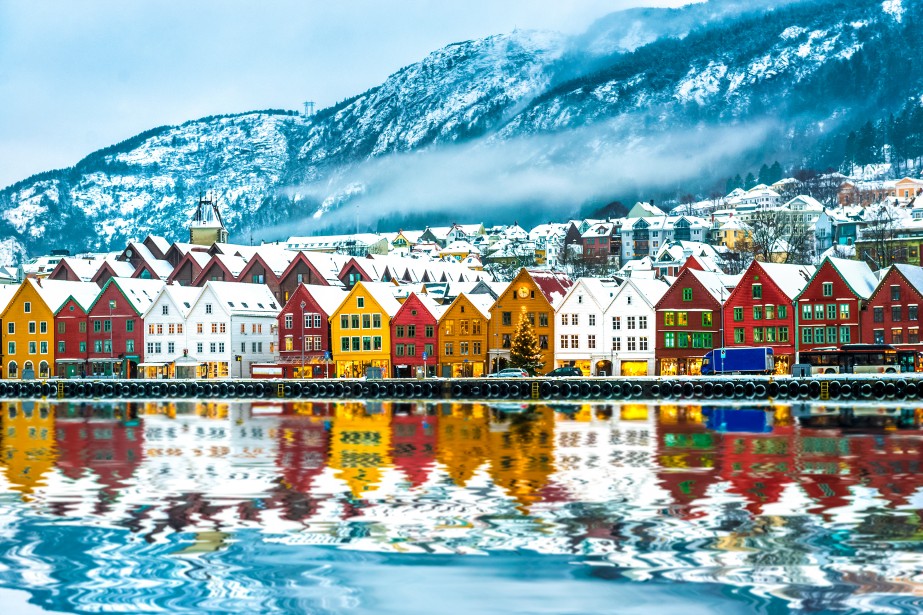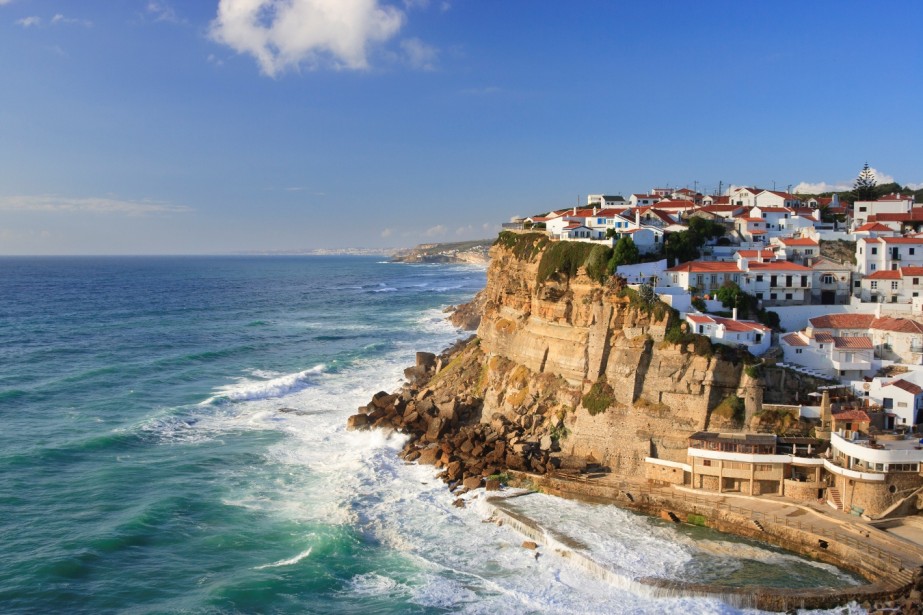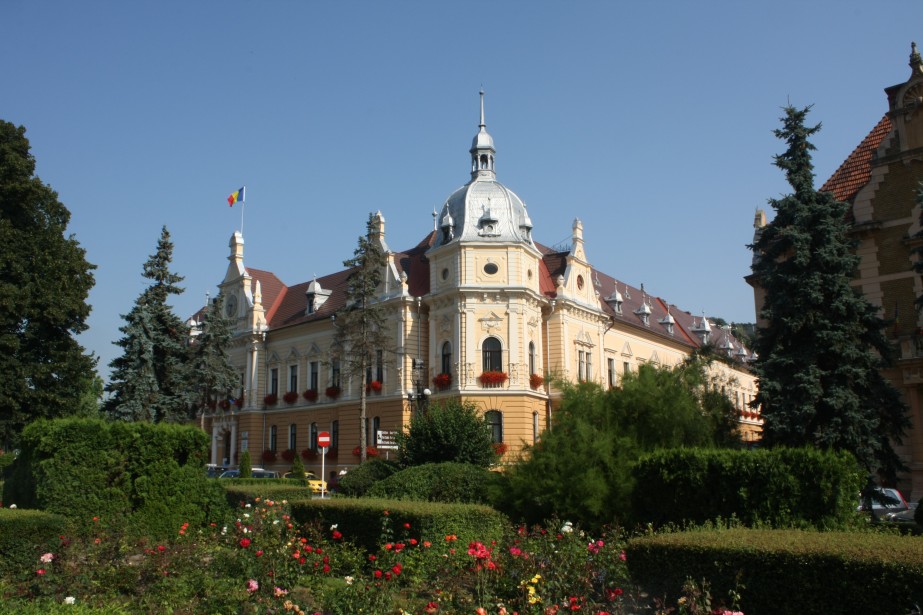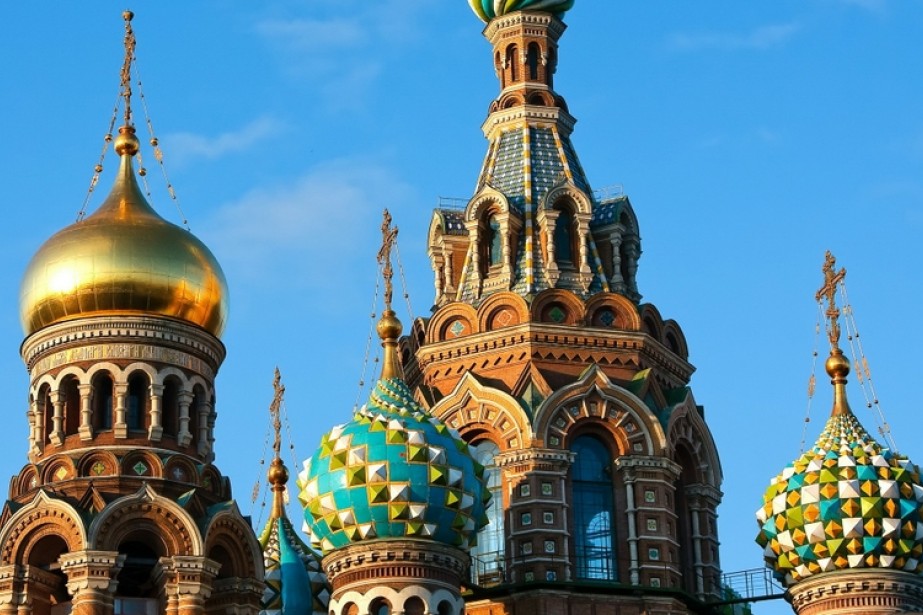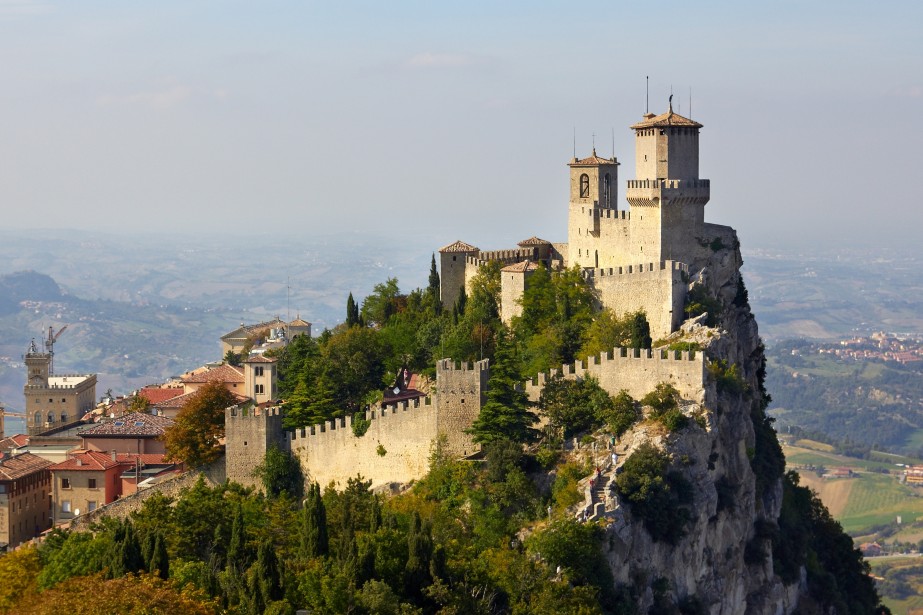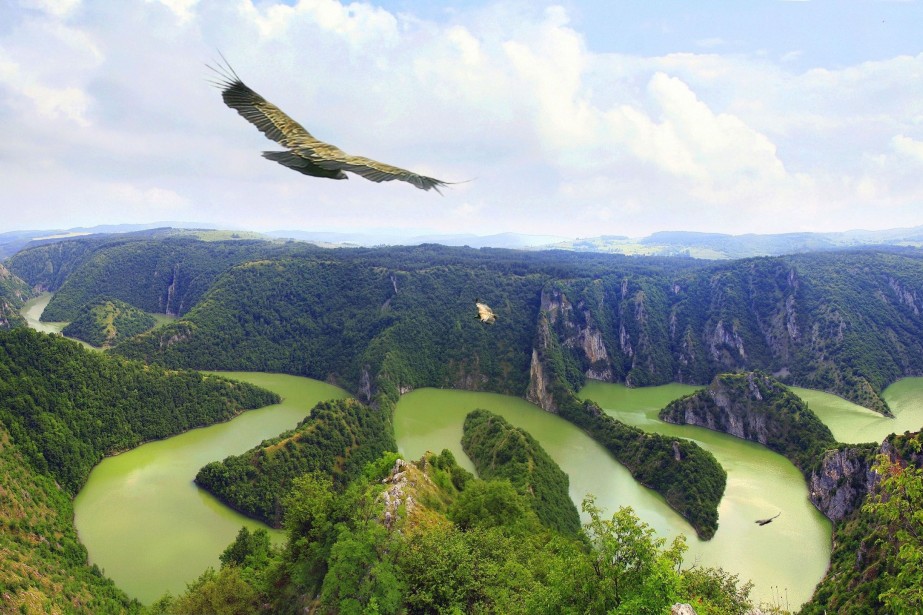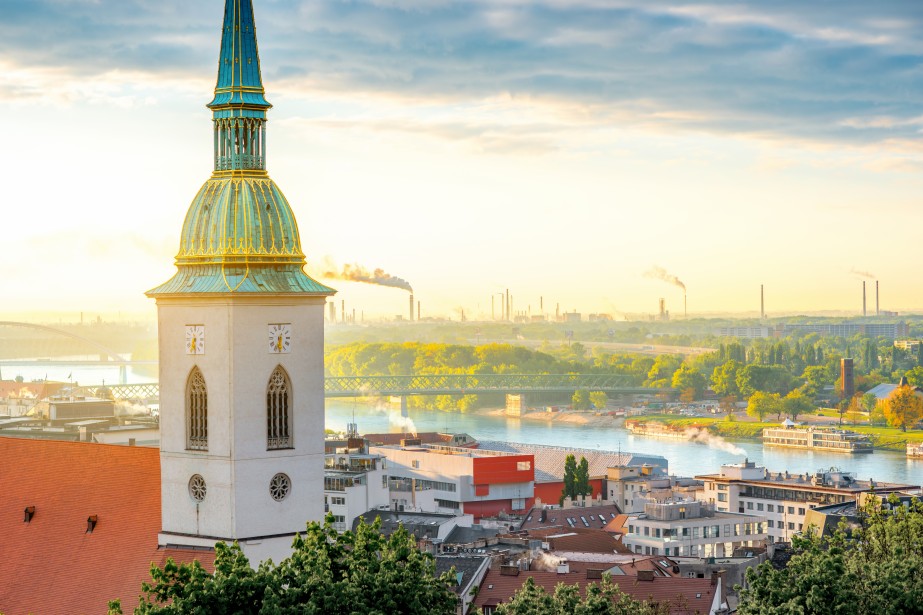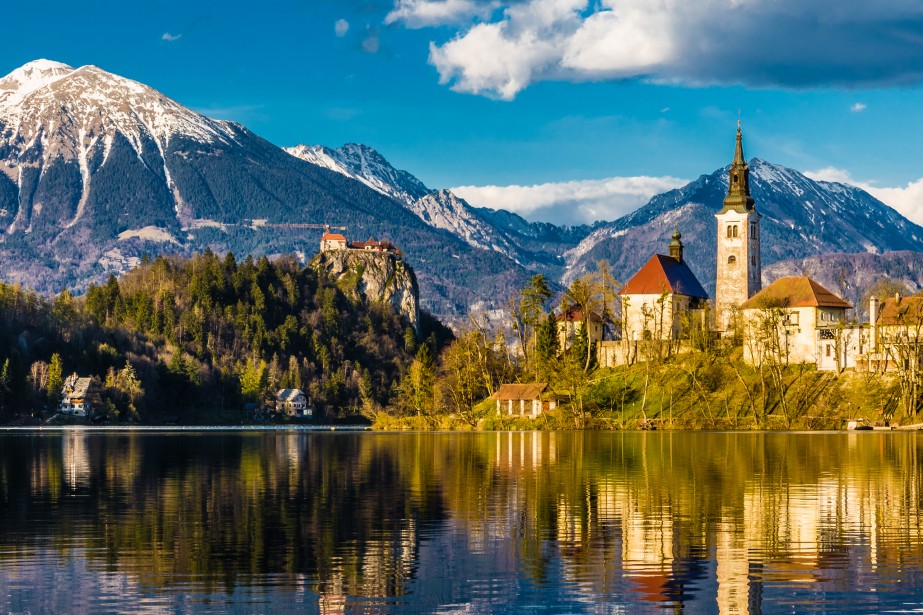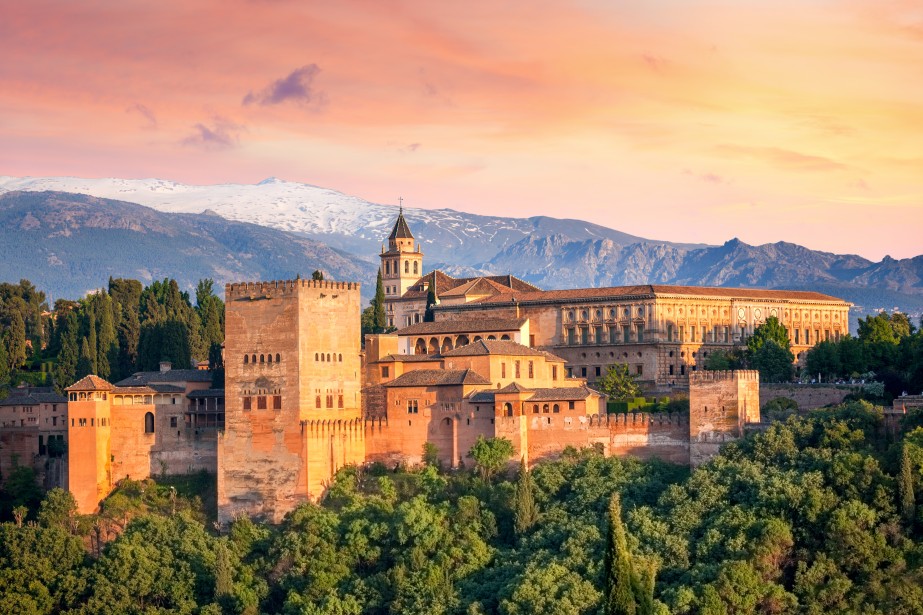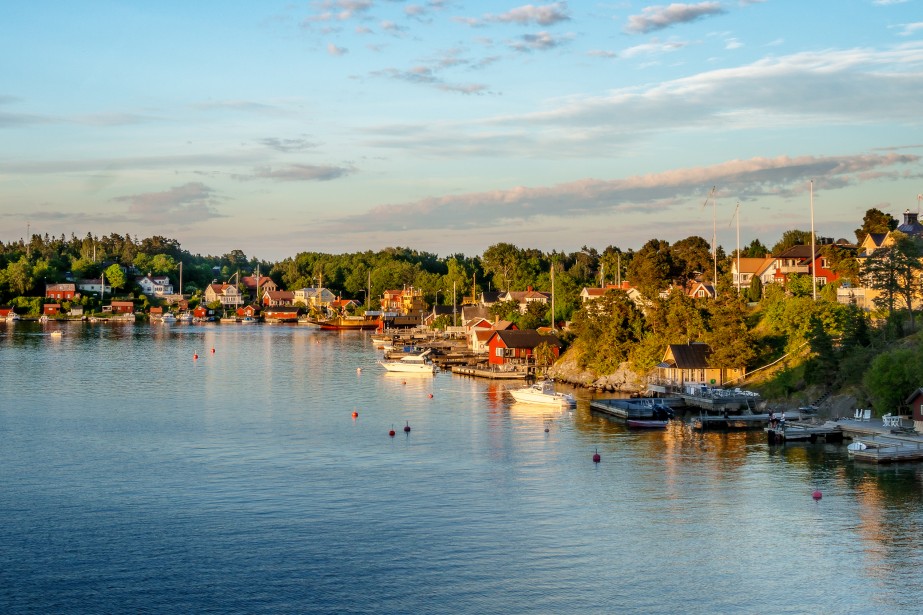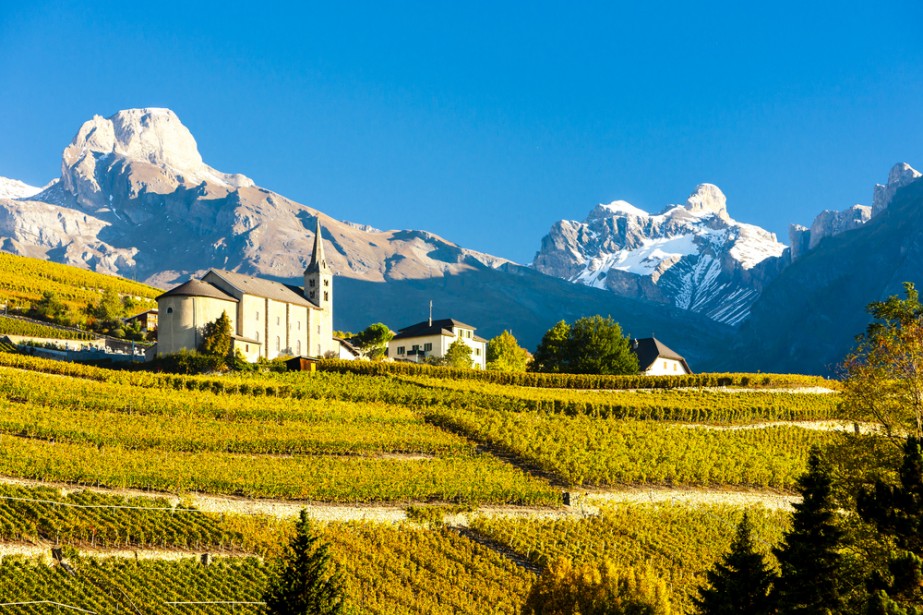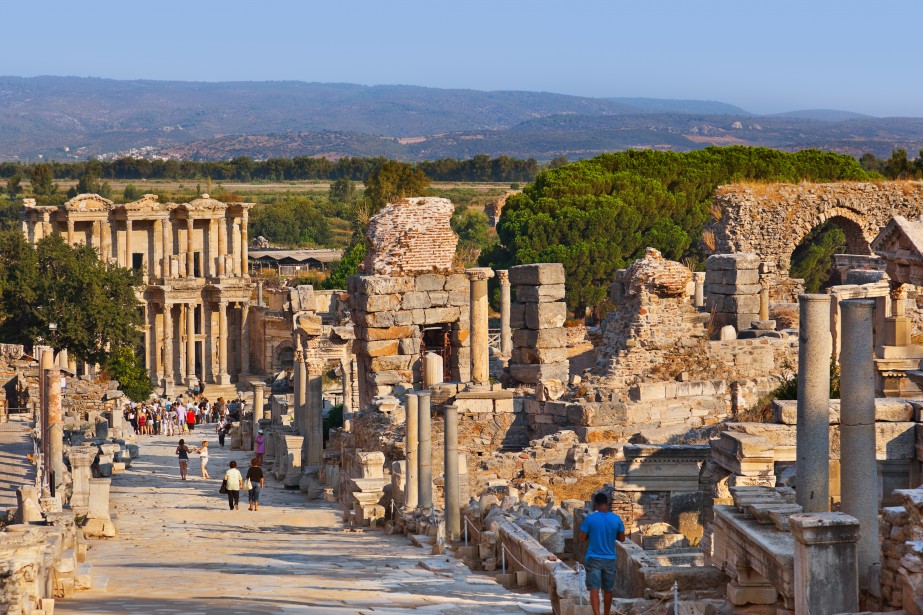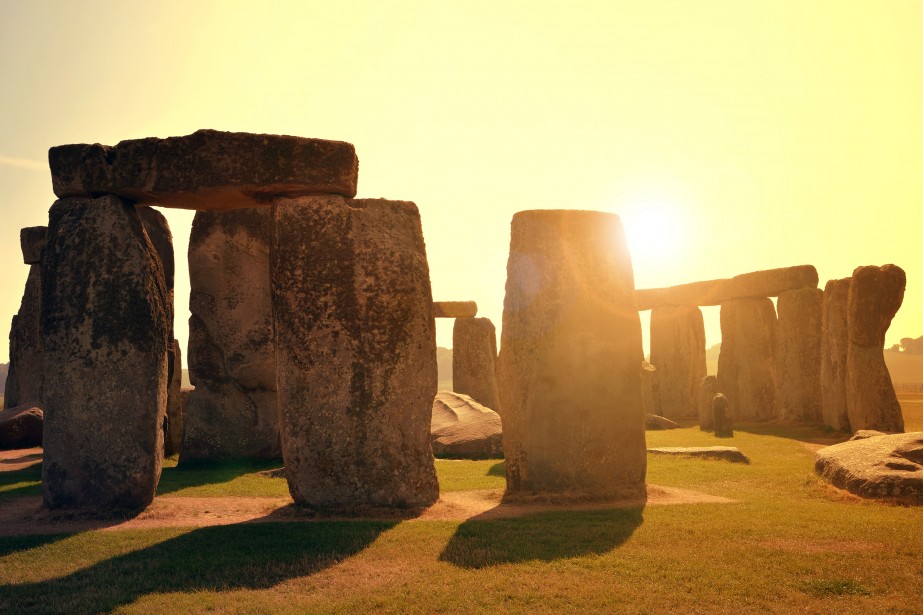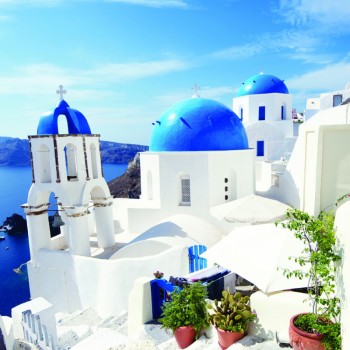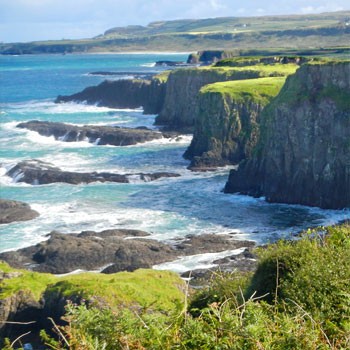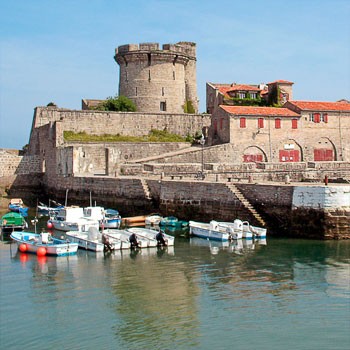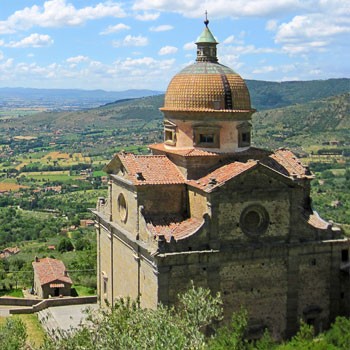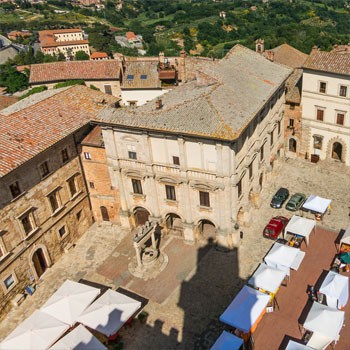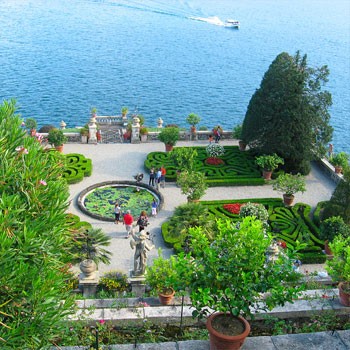Submitted by Carie Williams on November 17, 2015
Overview
Evidence of human presence in Germany dates back to 600,000 years ago and was where the first evidence of Neanderthal man was found. Germanic tribes settled along the Rhine and Danube rivers in early history when the land was controlled by the Romans Empire. The tribes grew and migrated through the time of the Roman decline and invasion of the Huns from the east.
After the fall of the Roman Empire, the Franks asserted power over the West Germanic tribes, setting into motion the eventual rise of the Holy Roman Empire. In 962, Otto I was crowned Holy Roman Emperor. The 11th through the 13th centuries saw the peak of the Holy Roman Empire. In the gradual decline that followed, turbulence erupted in many forms. In the early 16th century, Martin Luther sparked the Protestant Reformation that led to the Thirty Years’ War. In the mid-17th century, the Holy Roman Empire ended and began the development of Germany as it is known today.
The Industrial Revolution opened the door for rapid growth. The independent Germanic state of Prussia, whose capital sat in what is now Berlin, became a powerful force of the time. The Prussian Chancellor led the unification of the independent states forming the German Empire in 1871. At the turn of the century, Germany’s approach to foreign policy became increasingly aggressive. By 1914, World War I had begun. The end of the war came four years later and Germany was left with a devastated mentality.
The Great Depression exacerbated the issues in the country and played a large role in the rise of Adolf Hitler and the Nazi party in the early 30s. Foreign policy again turned aggressive as Germany asserted control over Austria and parts of Czechoslovakia. The invasion into Poland sparked World War II in 1939. For six years, Europe and other parts of the world were thrown into violent turmoil, with Germany and its Axis allies at the center of it.
The end of the Second World War led to a split in Berlin and a wall was constructed around the East Berlin that stood until 1989. Germany was once again unified in 1990 sparking an explosive economic expansion. The country was one of the founding members of the European Union.
Today, Germany is the second largest country in Europe, sharing a border with nine other countries, and the seventh most popular travel destination in the world. Its size encompasses varying topography from coastal beaches to the high peaks of the Alps. Approximately 81 million people live in the Germany’s 16 provinces. With the largest economy in Europe, Germany is a powerhouse in both economics and politics on the continent.
When to Travel
Germany’s landmass encompasses varying climate conditions. Parts of the country are considered to have a humid continental climate characterized by wide ranging seasonal temperature changes with hot humid summers and bitterly cold winters. Other parts of the country are classified as having an oceanic climate with less variation in seasonal temperatures. Summers are warm and winters are cool, but not as extreme as in other locations.
Extreme cold makes winter a more difficult time to travel in Berlin, but is often the most affordable. Late spring through early fall bring average temperatures in the 70s and many outdoor activities. If you are traveling closer to the southeastern border in Germany, the summer months are also recommended as the temperatures will be similar to those in Berlin at that time, although the high tourist season can be more expense. Spring temperatures in Munich are still pleasant, albeit a bit cooler, and the costs can be more reasonable.
Traveling to locations closer to Germany’s western border is best in the fall. The southwestern portions can have high humidity in the summer. Fall brings cooler temperatures and lower crowd density. Regions of the northwest have less humidity in the summer, but much higher prices and less last-minute availability.
Cuisine and Drinks
The cuisine in Germany’s different regions is variable. The importance of bread, cheese, and sausage are all consistent elements of the cuisine in each region, despite variations in flavor or preparation. Due to the diversity in ethnic communities in the country, international cuisine options are also frequently available. Germany is home to 282 restaurant that hold Michelin stars, 11 of which hold three stars. The country is second only to France in this quantity of restaurants with this elite distinction.
Bratwurst is a popular dish throughout Germany. It is a sausage that us typically made from veal, pork, or beef and served with sauerkraut or potato salad. It is also commonly served inside a bread roll or with one on the side. Seasoning recipes for the meat vary by region, but serving with mustard is consistent.
Also popular throughout Germany is Bratkartoffeln. This dish consists of fried potatoes. Onions, bacon, or peppers are also frequently added.
Recipes for Rouladen may also vary by region, but the reasons for this dish’s popularity are clear. A mixture of pork belly, onions, and pickles, combined with mustard, is wrapped in thinly sliced beef or veal. The rolls are then browned and simmered until done. Rouladen is usually accompanied by a side of potatoes in some form and pickled red cabbage. Spätzle, a type of noodle dish, is also often served on the side.
Knödel are dumplings, frequently made with potatoes, but not exclusively. The list of variations on this dish is vast and each delicious.
Popular Sights
Heidelberg Castle – One of the most significant Renaissance buildings north of the Alps, the castle ruins stand approximately 260 feet above the old downtown. Despite weathering various forms of destruction, including lightning strikes and war, much of this castle still remains today. Many famous names from history lived in the castle including Frederick V and his wife Elizabeth Stuart.
Neuschwanstein Castle – Build by the reclusive Ludwig II in Bavaria, this castle stands on a hill above the village of Hohenschwangau. A feat of fantasy and excess, this castle has been the inspiration for many subsequent structures including, most famously, Disneyland’s Sleeping Beauty Castle. This romantic castle is an amalgam of architectural styles and is still an unfinished work of art. Debt plagued the eccentric Ludwig II. He appealed to the Bavarian government for funds to continue construction, but was denied. On June 11, 1886, he was forced to leave Neuschwanstein, after sleeping only 11 nights in the castle, and placed under the supervision of Bernhard von Gudden. Two days later they both mysteriously died in Lake Starnberg.
Reichstag Building – Built for the Imperial Diet, the German Parliament, it was damaged by fire then abandoned after World War II. It was not fully restored until 1999 and once again became a functional political meeting place for the modern Bundestag.
Trier – This city lies on the banks of the Moselle River within the Moselle wine region. It is thought to be the oldest city in Germany. Within the city limits are a trove of sightseeing treasures. Remnants of Roman structures such as Roman baths, a city gate, and amphitheater still stand today. The Trier Cathedral can also be traced back to Roman times and houses the Holy Tunic. This garment is thought to be the robe Jesus was wearing at the time of his death and is only displayed every few decades.
Europa-Park – Located in the region of Baden-Württemberg, Europa-Park is the largest theme park in the country. The park has four themed areas, each with a variety of entertainment options. It is also host to 12 high capacity roller coaster.
Practical Info
The official currency of Germany is the Euro. Credit cards are accepted in larger cities and most gas stations. For travel in smaller villages, cash is recommended.
Travel by train is a convenient and efficient way to see much of the country. Passes can be purchased for unlimited travel for a specific number of days or a set number of days per month.
Meal times in Germany are more specific than other places such as the United States. Restaurant visits should occur during the hours of 12:00 and 2:00 in the afternoon and 6:00 to 9:00 in the evening for meals. Visiting restaurants outside of these hours may result in very limited options.
It is common for restaurants to operate on a seat yourself basis. If you find there are no empty tables, simply ask to join a table with open seats. Table sharing is also customary in many establishments.
German is the official language of the country, although many Germans are multilingual. English is frequently spoken, as it French in some locations. German dialects can vary greatly from region to region.
It is common courtesy for visitors to greet business owners and employees upon entering and before making an inquiry. Phrases guten tag or grüss got are acceptable. It is also polite to say goodbye when leaving. Phrases that can be used when leaving include auf wiedersehen or tschüss.
Sources
https://en.wikipedia.org/wiki/Germany#Cuisine
https://en.wikipedia.org/wiki/Tourism_in_Germany#Landmarks
http://www.germany.travel/en/index.html

